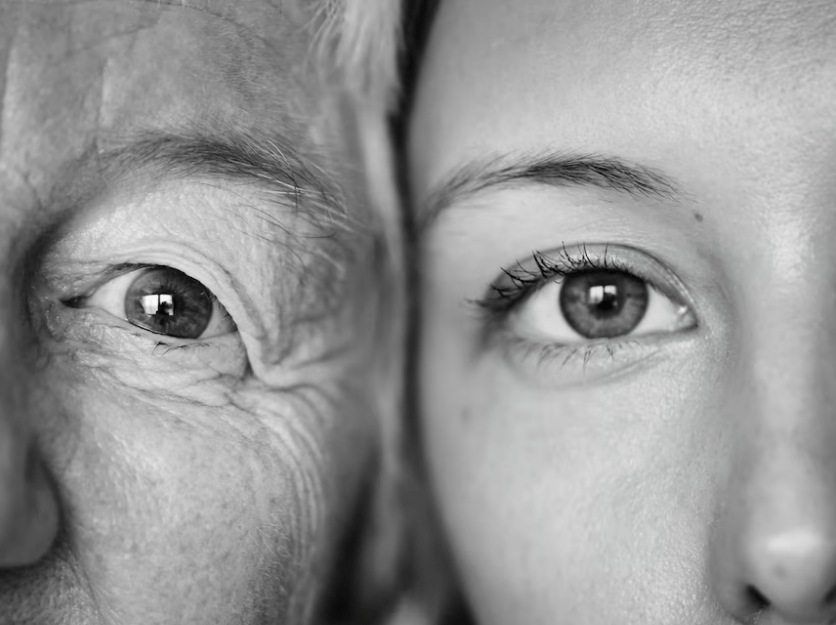Dermal fillers are popular cosmetic treatments used to restore volume, smooth out wrinkles, and enhance facial features. If you’re considering dermal fillers, one important aspect to consider is how long the results will last. In this article, we’ll explore the factors that affect the duration of dermal fillers and provide an overview of the expected longevity of different types of fillers.
Understanding Dermal Fillers
Dermal fillers are injectable substances that add volume to areas of the face, resulting in a more youthful and refreshed appearance. They can be used to treat various concerns, such as nasolabial folds, marionette lines, thin lips, and sunken cheeks. The most commonly used dermal fillers contain substances like hyaluronic acid, calcium hydroxylapatite, poly-L-lactic acid, or polymethyl methacrylate.
Types of Dermal Fillers
Different types of dermal fillers have unique characteristics and varying durations. The choice of filler depends on the specific needs and goals of the individual.
Factors Affecting Duration
Several factors can influence how long dermal fillers last. Understanding these factors can help set realistic expectations for the duration of the results.
1. Type of Filler
The type of filler used plays a significant role in its longevity. Different fillers have different molecular structures and mechanisms of action, resulting in varying rates of absorption by the body.
2. Treatment Area
The area of the face where the filler is injected can also affect its duration. Areas with more movement, such as the lips, tend to metabolize fillers faster compared to areas with less movement, like the cheeks.
3. Metabolism and Lifestyle
Individual differences in metabolism can impact how quickly the body breaks down and eliminates the filler. Factors such as overall health, exercise habits, smoking, and sun exposure can also influence the longevity of dermal fillers.
Duration of Different Fillers
The duration of dermal fillers varies depending on the type used. Here is a general overview of the expected longevity for different types of fillers:
1. Hyaluronic Acid Fillers
Hyaluronic acid fillers, such as Juvederm and Restylane, are among the most commonly used fillers. The duration of these fillers ranges from six months to two years, depending on the specific product used and the treatment area.
2. Calcium Hydroxylapatite Fillers
Calcium hydroxylapatite fillers, like Radiesse, typically last around one year. These fillers stimulate collagen production, providing longer-lasting results.
3. Poly-L-Lactic Acid Fillers
Poly-L-lactic acid fillers, such as Sculptra, are known for their ability to stimulate collagen growth over time. The results can last up to two years or longer, but multiple sessions may be required for optimal outcomes.
4. Polymethyl Methacrylate Fillers
Polymethyl methacrylate (PMMA) fillers, like Bellafill, offer long-lasting results that can endure for several years. These fillers contain microspheres that provide structural support and stimulate collagen production.
Maintaining Results
To maintain the results of dermal fillers, it’s essential to follow the aftercare instructions provided by the healthcare professional. Protecting the skin from excessive sun exposure, maintaining a healthy lifestyle, and considering touch-up treatments can help prolong the effects of dermal fillers.
Conclusion
The duration of dermal fillers depends on various factors, including the type of filler used, the treatment area, and individual characteristics. While some fillers last several months, others can provide results for a couple of years or longer. It’s important to consult with a qualified healthcare professional to determine the most suitable filler for your specific needs and expectations.

